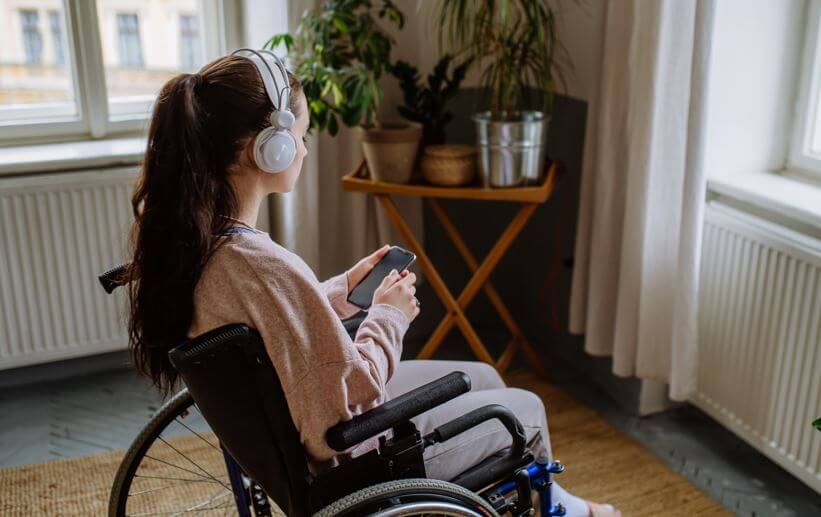In a world where technological advancements consistently reshape the landscape of healthcare, you stand at the cusp of a revolution in spinal cord injury rehabilitation. Whether looking for an Oakland spinal cord injury attorney, this article explores the transformative power of assistive technologies, which are breaking down barriers and providing patients with newfound independence.
Understanding Spinal Cord Injuries and Their Impact
The Anatomy of Spinal Cord Injuries
Spinal cord injuries (SCI) disrupt the communication between the brain and body, resulting in varying degrees of loss of motor and sensory function. These injuries can occur due to trauma, such as from a car accident or fall, or non-traumatic causes like infections or tumors. The severity largely depends on the location and extent of the damage.
Physical and Emotional Consequences
The consequences of SCI extend beyond physical limitations, impacting emotional well-being and quality of life. Physically, individuals may experience paralysis or loss of sensation, while emotionally, the adjustment can be profound, leading to feelings of frustration or isolation. It’s crucial to address both aspects to foster comprehensive rehabilitation.
The Evolution of Assistive Technologies for Spinal Cord Injury Patients
Pioneering Beginnings
The journey of assistive technologies for patients with spinal cord injuries began with basic mechanical aids. Early innovations focused on mobility, with devices like wheelchairs and braces forming the foundation of patient assistance. These early tools, although rudimentary, marked significant progress in empowering individuals to regain a semblance of independence in their daily lives.
Technological Advances
With the advent of computer technology, assistive devices have undergone rapid evolution. The introduction of electronic controls and computer-based interfaces facilitated the development of more sophisticated tools such as power wheelchairs and communication devices. These technologies not only improved mobility but also enhanced patients’ ability to interact with their environment and communicate effectively.
Modern Innovations
Today, cutting-edge innovations like exoskeletons and brain-computer interfaces exemplify the strides made in assistive technology. Exoskeletons provide physical support and enable mobility, while brain-computer interfaces allow patients to control devices using neural signals. These advancements represent a paradigm shift, offering renewed hope and possibilities for individuals with spinal cord injuries.
Key Innovations in Mobility Devices and Support Systems
Advanced Wheelchairs
Recent advancements in wheelchair technology have revolutionized mobility for individuals with spinal cord injuries. Motorized wheelchairs now feature intelligent controls and customizable seating, enhancing comfort and accessibility. These devices often come equipped with pneumatic tires and adaptive suspension systems, allowing users to traverse various terrains with ease and stability.
Exoskeletons and Wearable Robotics
The advent of exoskeletons and wearable robotics has been a game-changer in providing increased mobility and independence. These cutting-edge devices enable patients to stand, walk, and sometimes even climb stairs. By utilizing sensors and motors, exoskeletons replicate natural human movement, thereby providing therapeutic benefits and enhancing the user’s confidence and social engagement.
Smart Home Integration
Incorporating mobility devices into a smart home ecosystem can significantly enhance the quality of life for individuals with spinal cord injuries. By using voice-activated commands, users can control lighting, heating, and even door locks, promoting autonomy and a safe living environment. These integrations help bridge the gap between technology and everyday needs, ensuring a seamless and supportive living experience.
Future Trends: What’s Next for Assistive Technologies?
Advancements in Robotics and AI
In the coming years, expect significant enhancements in robotics and artificial intelligence that will elevate the functionality of assistive technologies. As AI algorithms become more sophisticated, they will enable devices to interpret user intentions more accurately, thereby fostering a seamless interaction experience. Robotics, on the other hand, will contribute to the creation of more responsive and adaptable prosthetics, thereby improving mobility for patients with spinal cord injuries.
Personalized and Adaptive Solutions
Another exciting trend is the move towards personalized and adaptive technology solutions. These innovations will enable customization tailored to individual user needs. With advancements in data analytics, assistive devices could soon offer real-time adjustments and feedback, catering to the unique requirements of each patient, thus enhancing their quality of life.
Integration with Smart Home Technologies
The integration of assistive technologies with smart home systems is set to transform living environments for those with spinal cord injuries. Future developments could see these technologies communicating with smart devices to automate daily tasks, such as controlling lighting, temperature, and even reminders for medication, making home life more convenient and independent.
Final Thoughts
The rise of assistive technologies for patients with spinal cord injuries marks a significant milestone in healthcare and innovation. Whether looking for an Oakland spinal cord injury attorney, as you navigate this evolving landscape, it becomes evident that these advancements not only enhance mobility and independence but also foster a greater sense of empowerment and dignity.
